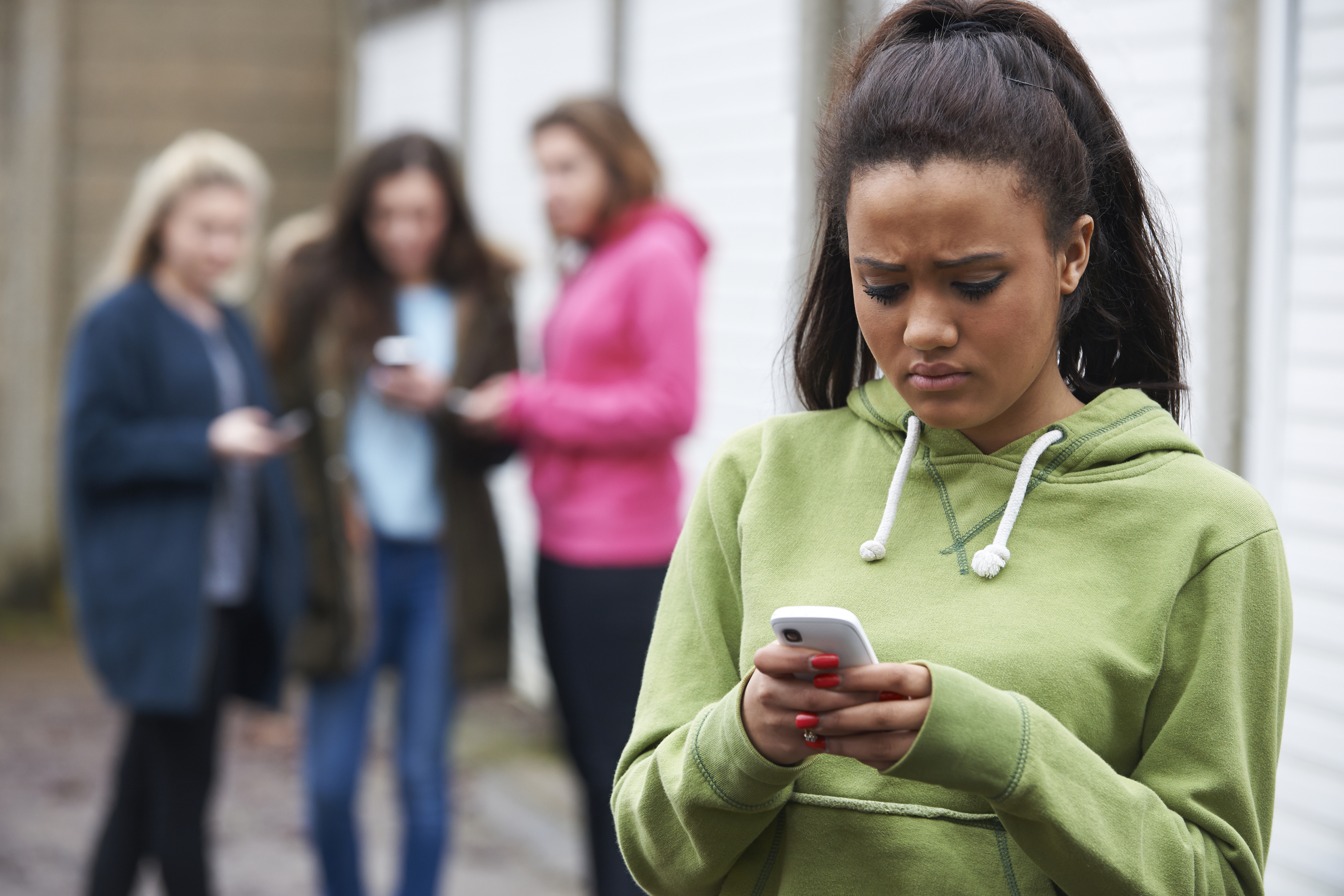The intensely negative experience of humiliation is something most people dread. Who wants to be ostracized, the butt of the joke, the object of scorn?
Adolescents learning to independently navigate society are particularly sensitive to the emotional pain associated with humiliation, and particularly tempted by the illicit thrill of wielding words that wound.
As such, being bullied and/or bullying — persistent and personalized humiliation — have marred the awkward years for multitudes beginning centuries ago.
But bullying has moved from the playground to the smartphone. And the digital world is always-on and everywhere, meaning social media platforms and messaging apps can amplify bullying attacks exponentially. The physical remove and perceived anonymity of the internet mutes inhibition and fear of being caught-out or punished, thereby facilitating increased “cyberbullying” behavior. And for targeted individuals, the virality of humiliation may feel both inescapable and relentless.
The effects of cyberbullying can be devastating.
Children from every income bracket identified anxiety and depression, followed closely by bullying, as the top major problems among their peers in a recent Pew Research Center survey of U.S. teens aged 13 to 17. According to the Centers for Disease Control and Prevention, suicide is now the second leading cause of death among teenagers in the United States — and suicide rates for children aged 10–14 nearly tripled from 2007 to 2017.
San Diego State research psychologist Dr. Jean M. Twenge says the rise in suicide by young people “correlates directly with their access to smartphones,” further noting that 85% of teens now engage with social media: “Kids are spending as much as eight hours a day on social media, where there’s a lot of negativity, competition, and jockeying for status and unfiltered access to sites that tell them how to harm themselves.”
While there are many benefits in the exploration and educational opportunities on the internet, online activity definitely plays a role in endangering the mental health of kids growing up in America. But parents can’t stop the clock, nor can they completely shelter their children from technology that has become, by and large, ubiquitous.
So, what could we be doing better to combat the issue? Here are three ways parents can help their kids navigate the pressures of their digital lives:
- Get Involved
As consumers and citizens, we have the power to demand that protections for children in the digital world are enacted and that responsible behavior is not only encouraged but enforced. As Stephen Balkam, the Founder and CEO of the Family Online Safety Institute (FOSI) said, “The tech industry is a key part of building this culture of responsibility. We must continue to demand real, comprehensive industry self-regulatory efforts — tools to filter, to report, to keep posts private, and to encourage positive behaviors.”
There has been some positive movement in this direction. According to the MIT Technology Review, “Instagram has started asking new users for their birthdate…so it can provide new safety measures for younger users. The company has been gradually introducing tools to crack down on bullying, self-harm, and suicide imagery on the app.”
Where companies don’t address the issues, government regulatory bodies can. Parents can lead that charge by staying informed and communicating with their elected representatives.
- Be Proactive
Parents need to curate their children’s initial experiences online to establish behavioral responsibilities and provide context. Set limits and expectations, and revisit permissions on app usage, screen time, and internet access frequently. FTC guidelines recommend teaching kids that their digital behavior has real-world permanent consequences: “they can’t hide behind the words they type and the images they post or send.”
This isn’t a set-it-and-forget-it process. Technology continues to evolve at lightning speed. Consider that when the comedic paragon of teen-bully movies Mean Girls debuted, there were no iPhones, no Twitter, no YouTube, no Instagram, no Hangouts Chat, no WhatsApp — and Facebook was 2-months-old and restricted to Harvard students.
Dr. Richard Freed, a child and adolescent psychologist and author, says that reconsidering and resetting rules on digital permissions can be an ongoing conversation and it’s OK to adjust the rules: “Say that as a parent you’ve found new information or come to the realization that the decision you made wasn’t a good one, and you need to make a change,” further noting that we’re responding to new health information about how technology impacts adolescents — which comes out almost daily. For example, recent research published in the Journal of the American Medical Association showed that, on average, as teenagers’ use of social media increased in a given year, so too did their reported symptoms of depression.
- Equip your kids
Perhaps the most powerful thing you can do is equip your kids to function online as you would equip them to function in daily life. You don’t send them out into the world alone without teaching them about sharing and caring, stranger danger, or to look both ways before crossing the street. It is no less important to translate those principles to digital citizenship and empower them to make wise choices independently.
Model appropriate behavior, gradually increase freedoms as they master responsibilities, supply them with tools to guide them safely as they develop their online identities. Talk to them — and listen! Make sure you understand how they use technology and how they feel about it. The digital world is a new frontier and how our children are experiencing it matters.
The Family Online Safety Institute’s Balkam puts it best: “Giving young people agency over their online lives is perhaps the greatest gift we can give them — helping them to develop resiliency and the strength to stand up to bullies, predators, and others who act out inappropriately online and off. If we get this right, we will encourage a generation of young people to make wise choices about the content they access and post, about who they contact and who they allow to contact them, and how they conduct themselves online.”


